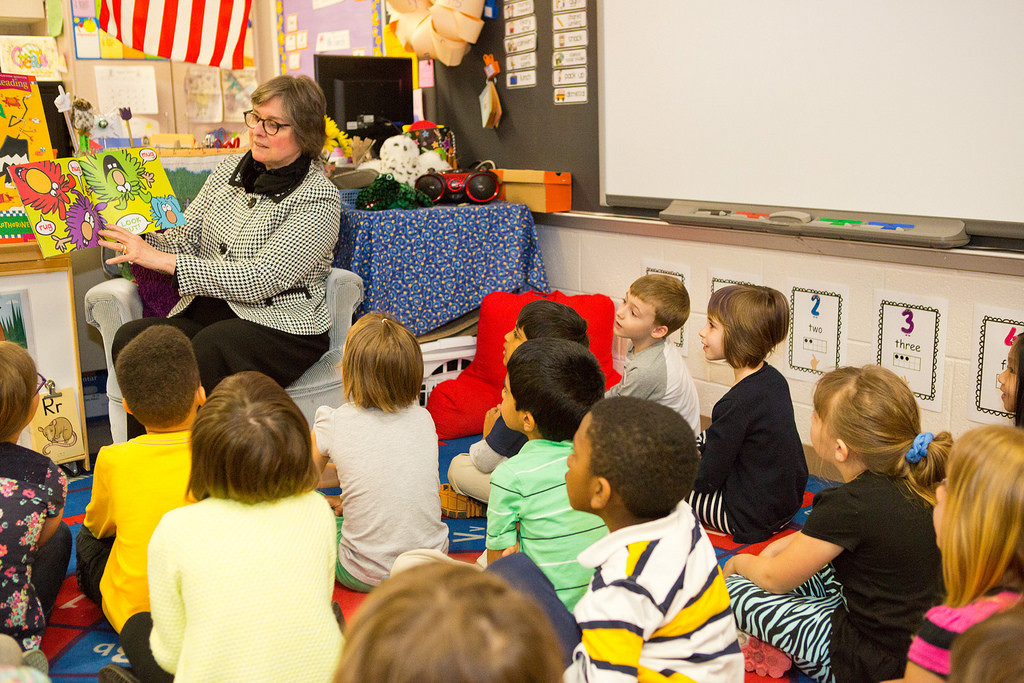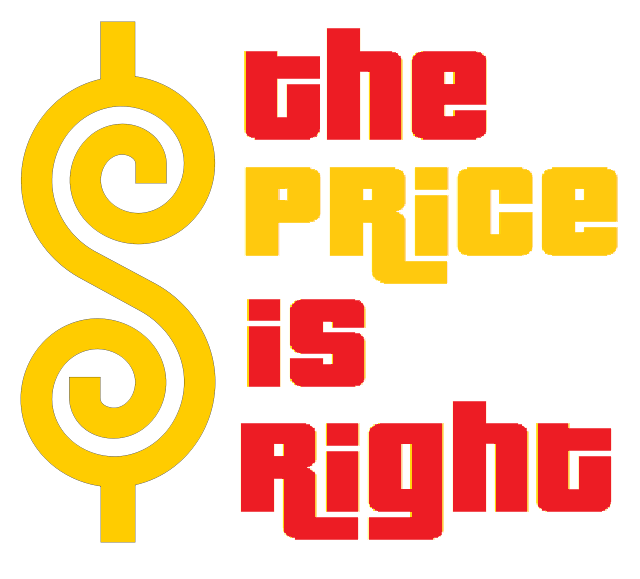Typically a first time home buyer will be limited most significantly by price. After all, it’s a first home and most young home buyers have not yet hit their prime earning years. This means income and savings will be a driving force in making the decision about what to purchase. There will certainly be compromises – ugly carpet, small living rooms, deferred maintenance and lack of garage to name a few. But having limited resources does not prevent a buyer from making wise choices and paying close attention to the key indicators of a wise real estate investment.
Neighborhood – It’s been said that the only thing more important than location is location. Beyond that, location is pretty important too. Get my drift? The place you buy is almost more important that what you buy in that place. Almost 90 percent of home buyers search online for real estate and identify properties of interest before they ever make an appointment to see a house. This is essential market research and tells you what is available in your price range. Take that a step further and do a drive around. Walk the neighborhood on a Saturday afternoon. Talk to the neighbors, ask about the schools, the roads, and town services. Drive up and down the street in the evening and see what it looks like in the evening. Are there people walking around? Are the neighbors friendly? Check things out and see if you can imagine yourself living there. If it feels wrong, you may have already answered the most important question before you even started.
Schools – You may or may not have kids in your future. But whether or not this is important to you, it is potentially important to the person who owns the house after you. And that is the person who will be funding your next home purchase. Schools are the cornerstone of a community. Researching quality schools has never been easier with many online evaluation tools at your fingertips. According to research by Realtor.com, 91% of home buyers stated “school boundaries” as a qualifying factor in purchasing a home, while 1 in 5 stated that they would pay up to 10% above their budget for the right school. One in five also said that they would be willing to give up a room or a garage to be in the right school district. That’s saying something.
Statistically speaking, homes in better schools districts sell for a higher median price than those in inferior school districts. While this correlation is likely due to the fact that wealthier families tend to lean towards better school districts, and thus sell nicer homes, it is always good to buy in communities where homes sell for higher median’s. If you have the opportunity, you should take it.
Which brings me to the next point. And I make this point a lot, especially with first time home buyers. You need to be OK with the things you cannot change. Put another way, there are many things that are inherently easy to change about a property; the color, the carpet, the paint. Even the lack of a garage, the small living room, the crummy kitchen and bathrooms are all things you can change. Making a compromise on the features your home lacks in order to be in the right neighborhood can have a big payback down the road if you plan well and can reasonably make the changes you desire in due time. The things that you can NOT change are the things you should not compromise on because they will only become more significant down the road – bad schools pull down the value of the homes around it. Bad neighbors don’t take care of their yards, have loud parties and disturb your right to quiet enjoyment. Nice homes that are built on sloping, awkward lots, or that were built facing the wrong direction will never have the same value as if they were built on a nice level lot that faces the rising sun in the morning. Likewise, owning the nicest house in a neighborhood means that those houses around you will pull your value down for many years to come. While the makup of a neighborhood can slowly change over time, it could be a long wait and falls under the category of things you can not change. If you are not OK with these things, you need to move on.

Finally, Shop In Your Price Range. If we learned anything from the Great Recession it was that living within your means is incredibly important, and really not all that difficult if you consider what’s really important. In an age where “cheap credit” nearly devoured us whole, we learned a valuable lesson about owning what we could afford or risk losing everything we value. Before you start shopping you should assess what’s important to you in a home, and balance that with what you can reasonably afford to pay per month.
One of the tremendous gifts that the banking industry has bestowed upon us as penance for over extending themselves and thus requiring a handout from you and me, was the seemingly permanent low interest prime rate mortgage. Balanced with increasingly high rents nationwide, homes have become the more affordable option to potential renters as the national average for rent now exceeds the mortgage for a median home in this country.
The median home sale price in the US in 2015 was $294,575. The average mortgage rate of 3.79% APR in 2015 cost americans $1226 in principal and interest for that $294,575 home, plus another $350 in taxes and insurance bringing their total PITI (Principal, Interest, Taxes and Insurance) to around $1600/month. If you are renting in Vermont, that gets you a 2 BR apartment while a three bedroom home rents fro closer to $3,000/month. Figure out what your monthly income and expenses are and then figure out what you can afford. Plug in the numbers for your “reach” house and your more reasonably affordable house. See what happens to your debt to income ratio when you stretch it too far, and make smart decisions.
At the end of the day, your first home may be your last home or it could be the first in a long string of fantastic investments. No matter which category you fall into, the key to making that first great real estate investment is to plan ahead, stay within your means, identify what makes a neighborhood special and being OK with the things you simply can not change.
 Recently Sold
Recently Sold